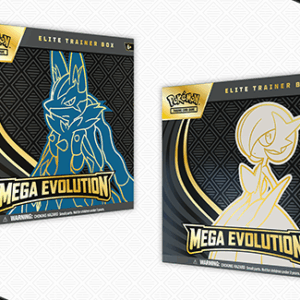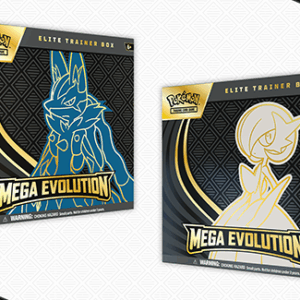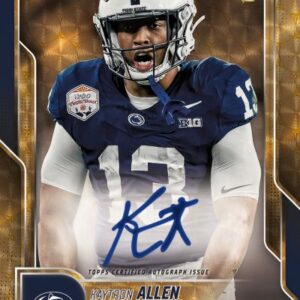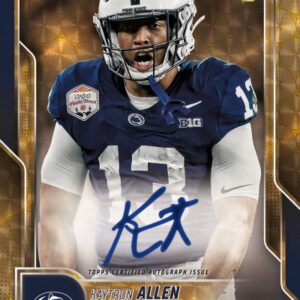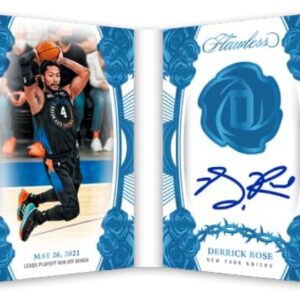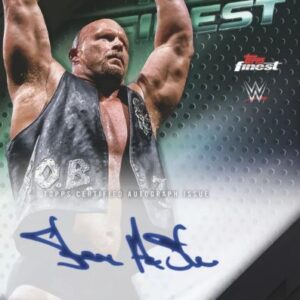In the ever-dramatic theater of NBA playoffs, Game 2 of the Boston Celtics’ series against the New York Knicks provided the kind of plot twist favored by fans of underdogs everywhere. Unfortunately for Boston, it wasn’t the type they were hoping for. After already surrendering a significant lead in Game 1, the Celtics found themselves echoing their missteps in a second collapse that has not only shaken the team’s resolve but sent ripples through the sports card market.
The Celtics, eager to reassure fans and themselves, were expected to strut back into the ring with the vigor of a team set on redemption. Instead, they’ve stumbled, leaving a trail of frustrated coaches, fretful fans, and faltering investments from Boston to beyond. The mechanistic failures on the court have translated into decreased consumer confidence off of it, particularly within the fervent community of sports card collectors.
Once upon a time, past performances pegged with playoff elan had the power to swing the value of a player’s trading card overnight. A buzzer-beating three-pointer? Your card’s worth could soar to exhilarating heights. Conversely, a staggering playoff slump—such as the Celtics’—has a similar capacity to send valuations spiraling into disappointing depths. And spiraling they are, based on the latest pulse of market intelligence.
Take Jayson Tatum, the dazzling forward whose 2017 Prizm Silver Rookie card (in pristine PSA 10 condition) had been buoyant, chilling confidently atop a buoyant buoy during the Celtics’ initial playoff success. Over the subsequent month, Tatum’s card showed a polite growth curve, climbing a dignified 5.2%. That was before Boston’s Game 2 pratfall clipped its wings. From an April 27 benchmark of $825, it slipped to $765 by May 5 and now flutters nervously around $740 with predictions of further decline.
If Tatum’s card felt the floor drop from beneath it, Jaylen Brown’s 2016 Prizm Green Rookie card could be described as adjusting to life in free-fall. This favorite among Celtics aficionados, its value once tickled by aesthetic harmony between team colors and card visuals, has nosedived nearly 50% over less than a month. From a mid-April high of $636, Brown’s card plummeted to $432 by early May. The whispers in card collection chambers suggest it may dip below $400, though these murmurings came before Boston’s Game 2 debacle cast a longer shadow of doubt.
Such jolts in valuation underscore the symbiotic dance between real-world performance and the speculative gospels of card trading. With the Celtics trailing significantly, hope flickers on the horizon like an SOS signal: Game 3 potentially heralds salvation. One authoritative win—one demonstration of textbook basketball prowess—could alter collector sentiment swiftly, impacting liquidity and prices as fast as the buzzer eliminates a rival team’s last chance at victory.
Boston’s task, though, is steep. Beyond the immediate challenge of clawing back in a series lopsided against them, there lies the psychological work of restoring belief in their capabilities. Confidence among collectors is equally deflated; the smart money positions itself into a “wait and see” stance, casting glances and casting lots on the potential volatility of future performances.
However, further missteps in Game 3 could ignite a fire-sale frenzy among collectors, undercutting values further as mass unloading pulls the prices down to earth.
Hovering over Boston and beleaguered collectors alike is the giddiness of a Knicks team basking in their underdog success, with momentum now clearly on their side. Not to mention, the possibility of a series sweep is suddenly more plausible than myth.
Thus, as the Celtics stare hard into the future, it’s not just their playoff chances they must rescue but their stars’ marquee reputations—and their monetary value in the marketplace. Should they manage to scrape victory from the jaws of attrition, the moment could be catalytic, compelling card values to breathe life anew.
Then again, should botched layups and errant passes continue to script their narrative, the fate of Boston’s sports card market might remain as chilling as the coldest of trebles.

